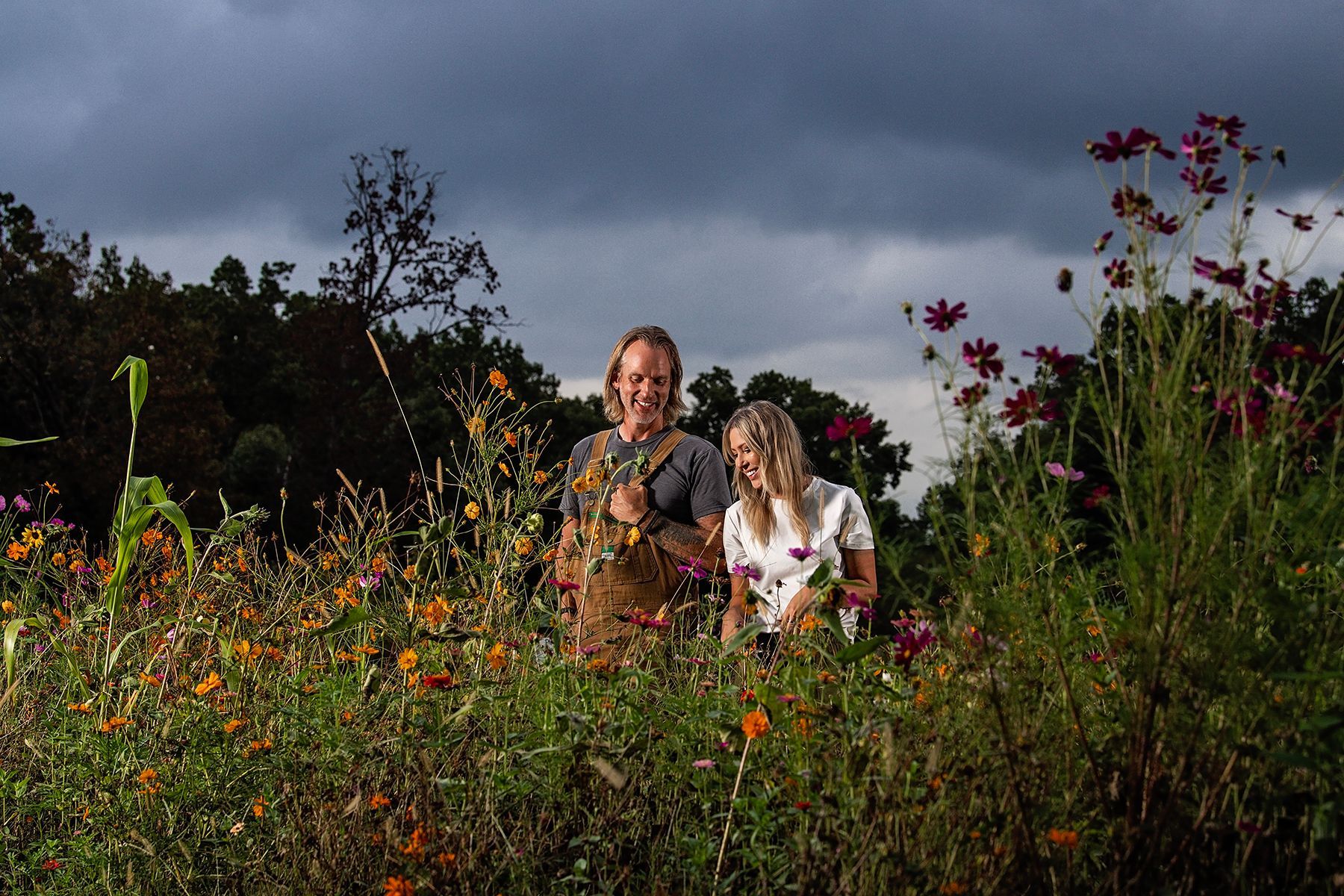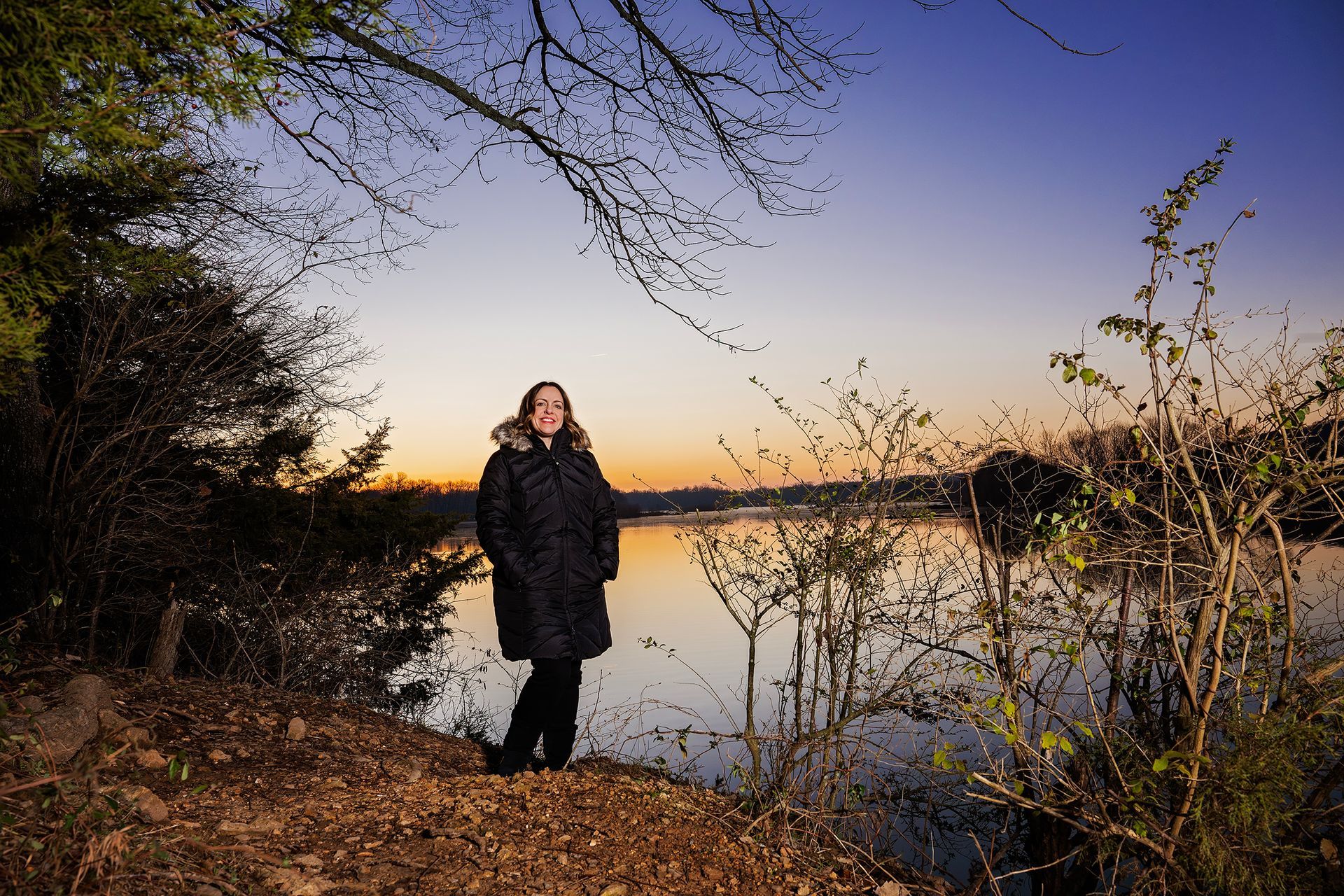"Wild Rising" Designing for the Future: A Conversation with Michael Cockram of Bowerbird Design
A Conversation with Michael Cockram of Bowerbird Design
Designing for the Future: A Conversation with Michael Cockram of Bowerbird Design
At a time when sustainable building practices are more critical than ever, Michael Cockram of Bowerbird Design is leading the charge with a thoughtful, experience-driven approach. With a career spanning more than thirty years, Michael’s work blends timeless architectural craftsmanship with cutting-edge energy efficiency. From his early days under the tutelage of AIA Gold Medalist Fay Jones to his time with solar architecture pioneer L.M. Holder III, his path has been shaped by a deep respect for design integrity and environmental stewardship.
Now based at Bowerbird Design, Michael focuses on creating homes that meet the rigorous standards of passive house certification and net-zero energy performance. His projects are not just efficient—they are beautiful, durable, and deeply connected to place.
We sat down with Michael to talk about his journey, his philosophy, and what it means to build for the future.
Interview with Michael Cockram
Q: Can you tell us a bit about how your journey in architecture began?
A: My first job out of school was working for Fay Jones, who was a mentor to me and a huge influence. His work was meticulous and deeply rooted in craft. That experience instilled in me the importance of attention to detail and creating buildings that feel timeless and connected to their environment.
Q: What drew you to focus on energy-efficient design and passive house standards?
A: I’ve always been interested in how buildings can work with the environment instead of against it. When I worked with L.M. Holder III in Austin, I saw firsthand how solar design could be both functional and elegant. Passive house design takes that a step further by creating buildings that are incredibly efficient, comfortable, and resilient. It’s a smart way to build.
Q: What makes Bowerbird Design unique in how it approaches sustainable architecture?
A: We focus not just on performance but also on aesthetics and livability. A net-zero or passive house building doesn’t have to look like a spaceship—it can be warm, inviting, and grounded in its context. We also tailor each project to the client and site. No two buildings are the same.
Q: How do you see the future of sustainable architecture evolving?
A: I think we’re going to see a shift toward even more integrated approaches—where architecture, landscape, and mechanical systems all work together seamlessly. Clients are more aware of climate issues and are asking the right questions. That gives me hope. It’s an exciting time to be doing this kind of work.
Final Thoughts
Michael Cockram’s work with Bowerbird Design reflects a rare blend of artistry and environmental intelligence. As building standards rise and awareness grows, professionals like Michael are proving that high-performance architecture can also be deeply personal and beautifully crafted.
Whether it’s a passive house nestled in the Pacific Northwest or a net-zero project in the heart of a city, Bowerbird Design is building with intention—and with the future in mind.
Share This
Related Articles






